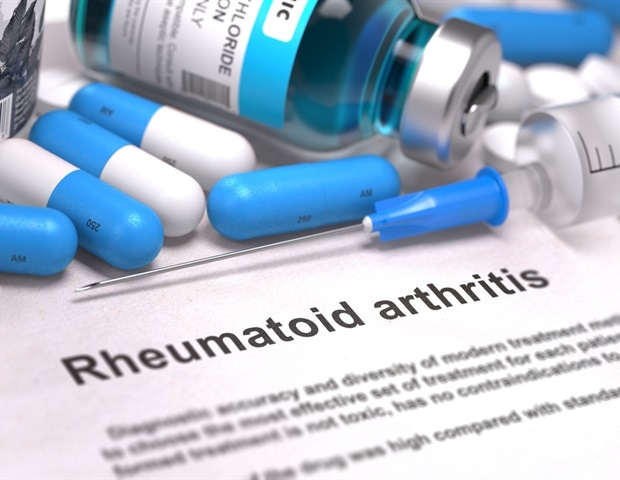
A farm has been allowed to build an "isolation barn" to quarantine sheep and cattle. The barn at Curtis Farm, Green Lane, Horsham, will be a specialised structure designed to isolate sheep infected with bluetongue and cattle with bovine tuberculosis (TB). Horsham District Council approved the plans on Monday, March 11.
The farm, which spans about 100 acres and is part of a larger agricultural operation covering around 1,500 acres locally, is primarily a mixed livestock farm. It houses between 130 and 600 cattle, 1,800 to 5,000 sheep, 80 to 100 pigs, and 50 goats. The new barn's purpose is to provide a safe and isolated environment for sheep and cattle infected with diseases.

Both bluetongue and TB require infected livestock to be separated from the main farm buildings to prevent the spread to healthy animals. When not in use for isolation, the barn will serve as a lambing shed. Drawings of the new barn (Image: Nye Saunders) The council's planning report said: "The barn would be used for the storage of feed, bedding and machinery, as well as for the quarantining of animals and lambing.
"The barn is sited on a separate parcel to detach the barn from the existing farming complex to aid in instances of quarantining with a greater distance." Bluetongue is a notifiable disease caused by infection with the bluetongue virus, primarily spread by biting midges. READ NEXT: Five adorable animals that would love to come and live with you It affects sheep, cattle, and other ruminants, causing movement and trade restrictions during outbreaks.
Bovine TB, caused by the bacterium mycobacterium bovis, is a respiratory disease that can be transmitted through nose-to-nose contact and contact with infected animals' saliva, urine, faeces and milk. Humans and other mammals can also contract the disease. The barn has been approved by Horsham District Council (Image: Nye Saunders) The new barn will be approximately 54.
3 metres in length, 18.3 metres in width, and will reach a height of 11.9 metres at its ridge, with an eaves height of 9.
5 metres. The location of the barn has been chosen to ensure it is detached from the existing farming complex, providing a safer distance for quarantining. READ NEXT: Plans to turn beach toilets into cafe approved The council's planning report concluded: "The proposed structure is considered to be reasonably necessary for the purposes of agriculture.
"The proposal would be of a siting, design and external appearance that would be anticipated within an agricultural context and is considered appropriate within a rural context.".















